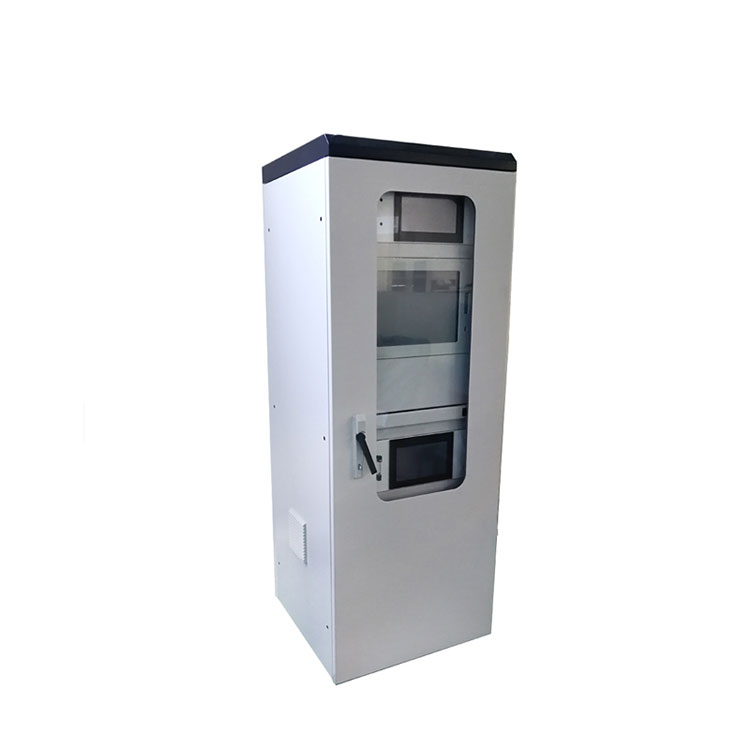From the Laboratory to the Production Line: The Technological Evolution of Gas Analyzers
2025-07-25
Friends in the industry, have you noticed that today's gas analyzers are becoming more and more "smart"? I remember the old analyzers we used ten years ago, which were as bulky as a refrigerator and complicated to operate. Today's equipment can monitor in real time, automatically calibrate, and even predict equipment failures. What technological revolution has taken place behind this? Today, let's talk about the future development trend of gas analyzers, and we guarantee that it is all practical and without official jargon.
Breakthrough in sensor technology: Let the analyzer grow "fire eyes and golden eyes"
Today's sensor technology is really changing with each passing day. The previous electrochemical sensors were poisoned and failed at any time, but now the new quantum dot sensors can detect more than a dozen gases at the same time, and their lifespan has been extended by 3 times. The latest optical sensors are even more powerful, using TDLAS technology (tunable diode laser absorption spectroscopy), and the detection accuracy can reach ppb level - equivalent to finding a drop of ink in a swimming pool!
I remember visiting a chemical plant last year, and the new infrared gas analyzer they used could actually measure the gas composition in the pipeline through the glass window. Five years ago, engineers would have had to wear protective clothing and crawl into the reactor to collect samples.

IoT + AI: Analyzers become "smart doctors"
Today's gas analyzers are more than just measuring tools. Through IoT technology, they can transmit data to the cloud 24 hours a day. What's more, AI algorithms can analyze this data and warn of equipment abnormalities in advance.
Last month, I chatted with a friend who works in environmental protection. The new system installed in their factory can not only determine whether the emissions meet the standards by analyzing flue gas data, but also predict when the desulfurization tower needs to be cleaned. This "predictive maintenance" reduces equipment downtime by 40%, and the money saved is enough to buy several new analyzers.
Miniaturization and multi-function: from the laboratory to the "analysis expert" in your pocket
What excites me most now is the development of miniature gas analyzers. At the exhibition last year, I saw a palm-sized device that can detect eight gases such as VOCs, CO2, and O2 at the same time, and it can be used for a week on a single charge. What's more, some models can also generate test reports directly through mobile phone apps.
This portable device has completely changed the way inspections are carried out. In the past, you had to carry a backpack of instruments to do the test, but now you can do it in your pocket. I heard that some fire brigades have begun to use this equipment to quickly check for toxic gases in fires.
Future Challenges and Opportunities
Of course, new technologies also bring new problems. For example, the anti-interference ability of sensors needs to be improved, and the accuracy of data in complex environments is a big test. In addition, the information security issues brought about by the networking of equipment cannot be ignored.
But overall, gas analyzers are undergoing a transformation from "measurement tools" to "smart terminals". In the next ten years, we are likely to see self-learning analysis systems, and even black technologies such as "real-time 3D imaging of gas components".
As a practitioner, I think now is the most exciting time. Those technologies that once only appeared in science fiction movies are becoming a reality step by step. Maybe in a few years, when we look back at the current technology, we will feel that it is as old as using Nokia phones back then.
As a professional manufacturer and supplier, we provide high-quality products. If you are interested in our products or have any questions, please feel free to contact us.


